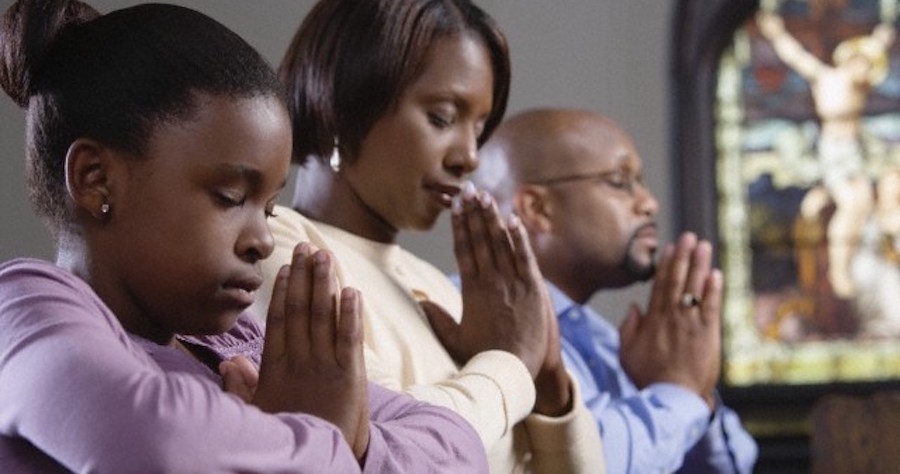 The parish of St. Lucy has been written about as “rather undeveloped,” and coming to St. Lucy is “stepping back in time.”
The parish of St. Lucy has been written about as “rather undeveloped,” and coming to St. Lucy is “stepping back in time.”
Sometime ago I listened to a politician from another country who referred to our country Barbados in these words, “What it lacks in size is made up for by the intellectual contributions of its people.”
I would respond to those who think that coming to St. Lucy is “stepping back in time,” that what St. Lucy lacks in concrete edifices is made up for by its natural beauty and the contributions made by its families to the growth and development of its people.
Charles Duncan O’Neal, a son of St. Lucy, did not begin his academic career at Harrison’s College but at a small country school located at Trents, St. Lucy, the Trents primary (Mess house) school for boys. He attended another small country school, the Parry school, a secondary school located on the northern end of the St. Lucy Parish church grounds. These two schools, with their dedicated teachers, laid the foundation for its students who would go to Harrison’s College, to Edinburgh medical and other elite schools.
Nesfield, where Charles Duncan was born, was a little village of fewer than five families located to the north of the Fairfield sugar cane factory. Two little shops located there were separated by the house of the O’Neals. The families comprising the Nesfield village were the Yearwoods’, O’Neals’, Parris’, Griffiths’ and Pierces’. Sometime in 1948, there was a fire that destroyed one of the shops. That space is still vacant today.
Nesfield was nestled in the midst of a number of sugar cane plantations. At this time of the year – October/November – in the early part of the twentieth century, if young Charles Duncan looked through the window of his parents’ home, all he would see would be sugar cane.
To the east of Nesfield village, was the Spring Hall plantation consisting of 750 acres and a sugar cane factory. To its immediate north lies the Trents Plantation of 183 acres. On the immediate west were the Parry School, the St. Lucy Parish church and the Bourbon plantation of 192 acres. On the south and south east of Nesfield were the Fairfield plantation, 238 acres, including Barrows, Coconut Hall and Mount Gay with 386 acres of plantation land.
Although young Charles Duncan was of an elite social class family, anytime he stepped through the door of his house, he stepped into poverty. Barefoot poverty walked past his house on a daily basis from sunrise to sunset, with forks, hoes, dung baskets, head pads and sickles, on its way to the various fields of work for which they received, “ten to 25 cents per day and could only obtain work for two or three days per week for the greater part of the year after the sugar cane crop was reaped.” He saw nine-year-old girls accompany their mothers and grandmothers to the fields.
At the Trents primary school, most of his playmates and classmates were poor barefoot boys whose lunch would include corn bakes, cassava bakes or just plain flour bakes. As a typical boy from a middle class family, he would gladly exchange his white bread sandwich with its ends removed for a tasty bake.
He did not have to go to Edinburgh, Scotland to learn about poverty or the plight of the voiceless, labouring poor, child labour or the disadvantaged labouring class. He saw it all around him; an inescapable experience as a youth.
In Scotland, he studied medicine and learned about the role of politics from Keir Hardie, a mentor and friend, in effecting a paradigm shift from what existed to a better life for the poor masses who laboured without adequate compensation for services rendered to the ruling class.
After many years of living in Trinidad and in Dominica, Charles Duncan returned to Barbados, observing that nothing changed, over time, to improve the lives of the poor working class. He determined to use his collective knowledge and experiences to alleviate the deteriorating social and economic conditions which threatened the very existence of the poor, black, working class.
Charles Duncan died at the early age of 56. He has become a Barbados hero and icon because during his short life span he laid a solid foundation on which other reformers built. He educated ordinary people about the role of politics and motivated them to aspire and play their part in effecting change. He agitated for free education, free medical and dental care for children, with better housing. As a parliamentarian, he recommended increased grants for Barbados scholarship winners. He campaigned for the abolishing of child labour. He taught the importance and effectiveness of people working together to accomplish set objectives. He understood the value of communication with the masses and he invested in a newspaper, The Herald which carried the message for reform and social change.
Two other O’Neals who grew up in the same Nesfield house were Fred and Edwina. Both Fred and Edwina taught at the Trents primary schools (boys and girls). Fred was a Scout master and also a Sunday school teacher at his church, the St. Lucy Parish church. Edwina later became the post mistress at the Bentham’s, St. Lucy Post Office. I spent one night in that family home when my class three teacher, Mr O’Neal, rescued me when, as a nine-year-old, I was stranded by flooding on the Bourbon road.
Another O’Neal family located at Colleton-Checker Hall road, St. Lucy, was Ruth O’Neal who was also a teacher at the Selah’s and St. Swithins schools in St. Lucy. In the mid 1940s, Ruth’s brother Kenneth (“KC”) O’Neal formed a coalition of five individuals to compete against the plantocracy that was elected to run the vestry. Four of the original five were successful in the first elections they faced. In that election, “KC” got seven plump votes. The one who lost was short by four votes. In the post mortem analysis, it was felt that relatives of the leader of the coalition did not split their votes but gave all to “KC” resulting in the defeat of the fifth contestant. It was not proved that this was indeed correct. When the vestry system was abolished in the early 1960s, two of that coalition had risen to become church warden and senior guardian.
That one family, the O’Neals’, played their part and contributed to the growth, political awareness and development of communities in St. Lucy and our country Barbados.
Everette W. Howell is a retired SDA Pastor.




